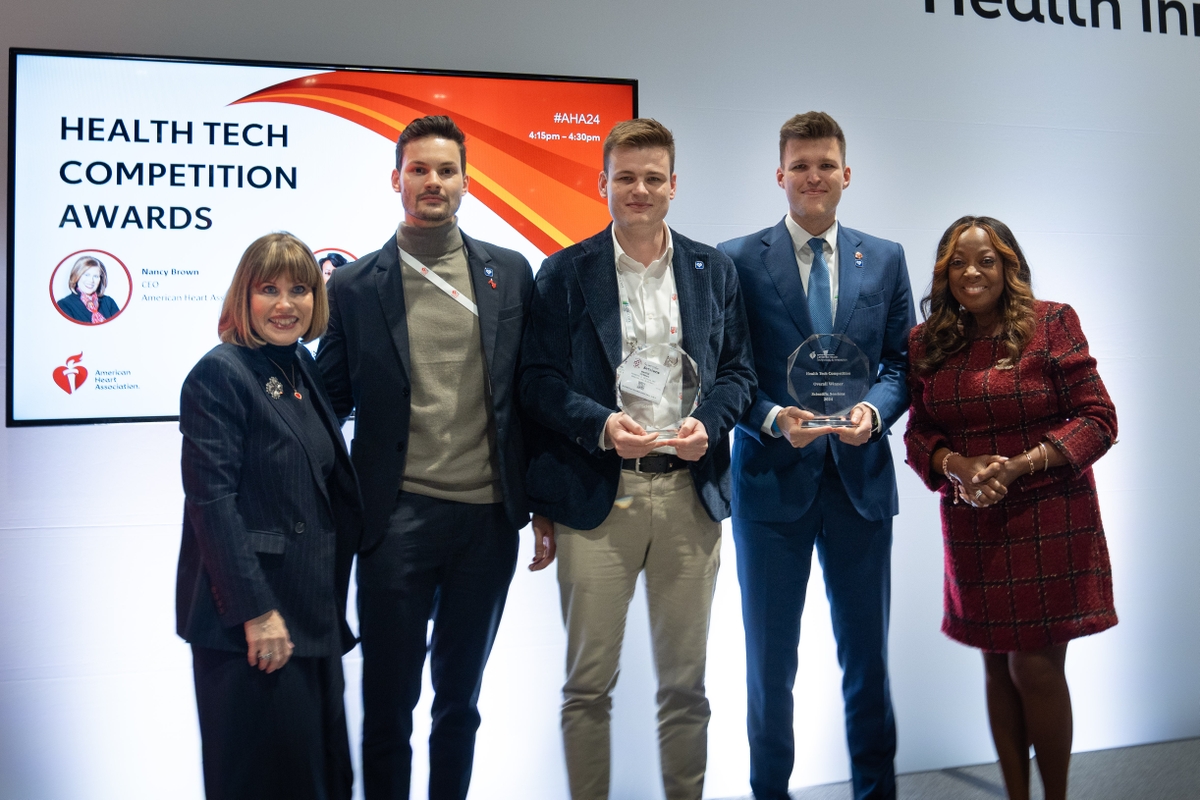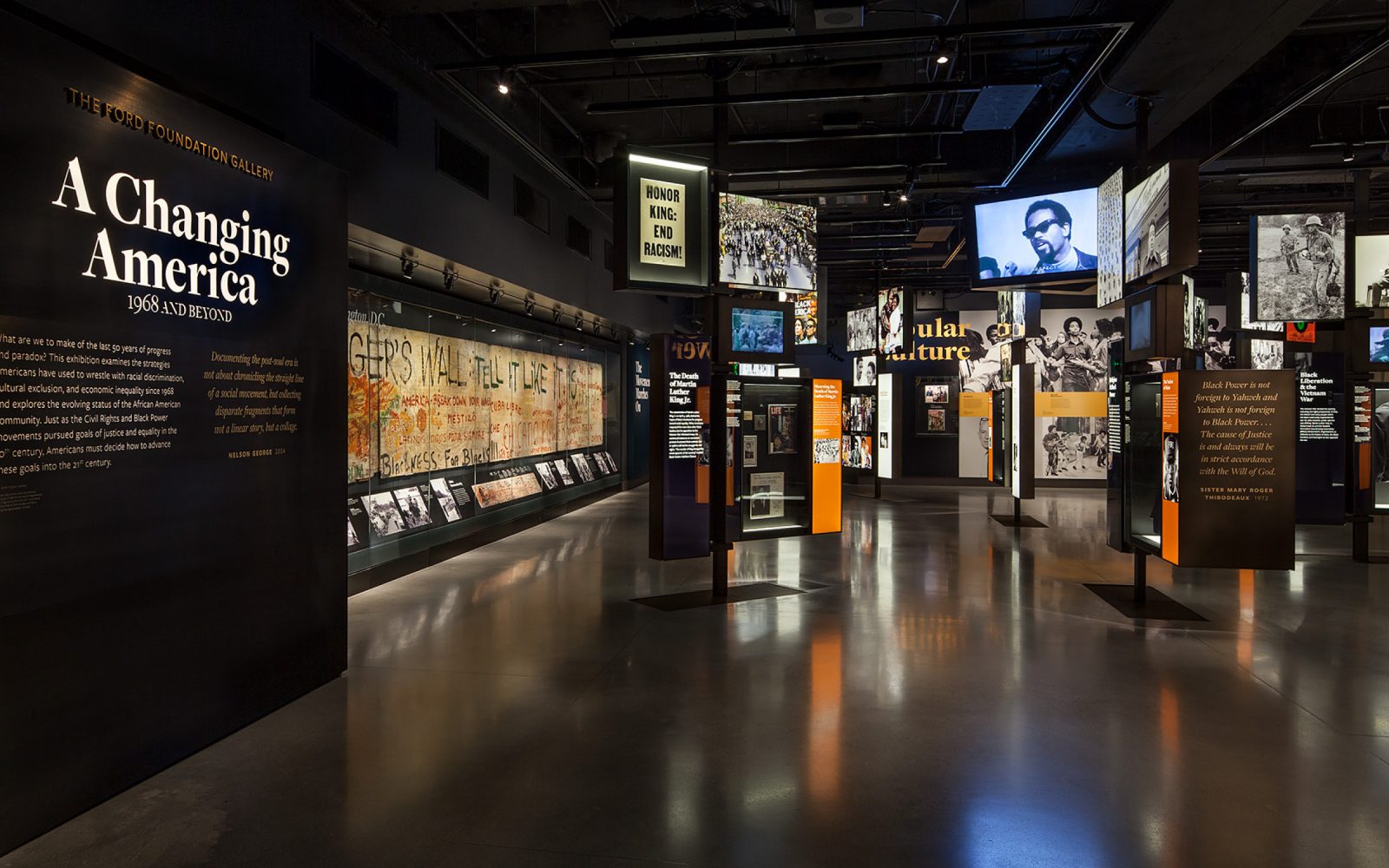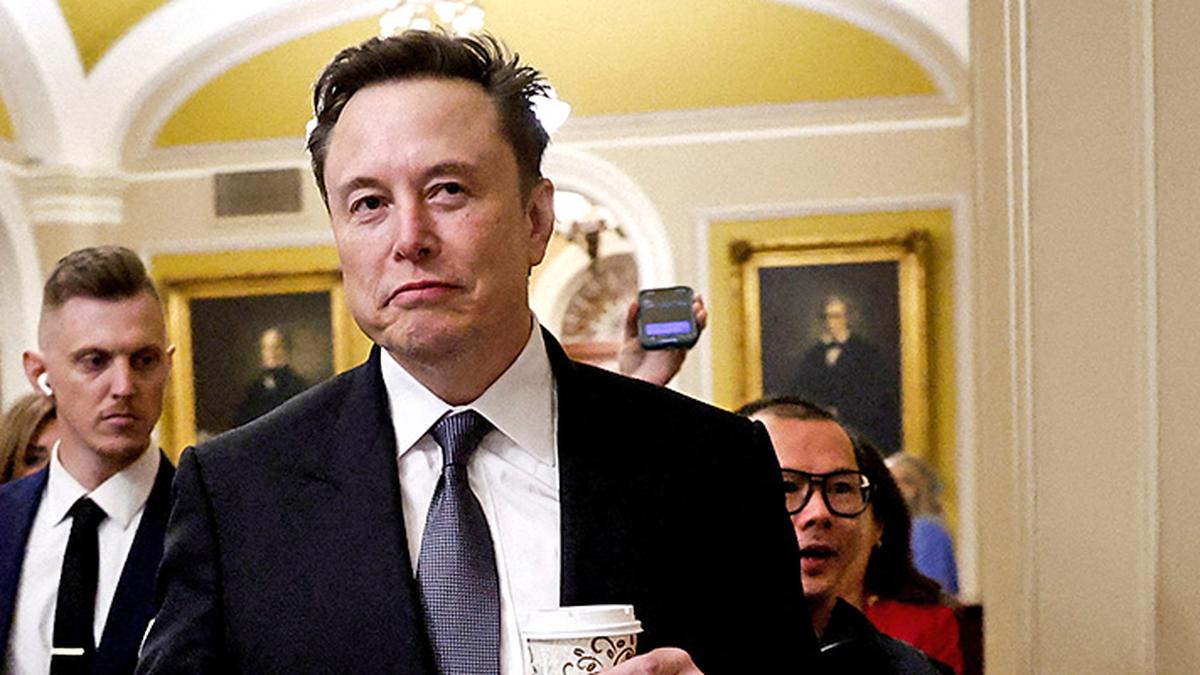
The Mediocrity Paradox in American Tech Culture
In an era dominated by technological advancement, the discourse surrounding the hiring practices within the tech industry has recently ignited passionate debates. Former presidential candidate Vivek Ramaswamy stirred the pot with a controversial assertion that American culture prioritizes “mediocrity over excellence,” particularly affecting tech companies’ hiring choices. This commentary raises significant questions about the broader implications of cultural values on our competitive edge in the global marketplace.
 A closer look at the evolving dynamics of the tech industry.
A closer look at the evolving dynamics of the tech industry.
A Call to Confront Cultural Norms
Ramaswamy’s critiques are not new but resonate deeply in current conversations about American identity and productivity. He expressed that tech firms are increasingly inclined to hire foreign-born and first-generation engineers due to what he describes as a lack of home-grown excellence. In his statements, he urged a confrontation of our cultural truths, arguing that a society that celebrates superficial achievements inhibits the development of a superior workforce. According to Ramaswamy, “A culture that venerates Cory from ‘Boy Meets World’ over Screech in ‘Saved by the Bell’ inevitably produces a workforce rooted in normalcy.”
This perspective, while provocative, leads to a necessary examination of what it truly means to be competitive—should a successful culture make room for mediocrity, or is the drive for excellence inherent in the American ethos? The arrival of talent from abroad can reflect on our educational priorities and the foundations of our academic systems.
The Role of Immigration and Talent Acquisition
In the global race for top talent, immigration policies play a critical role. As Ramaswamy contends, merely aspiring to normalcy will not suffice in a hyper-competitive environment. His analogy likened America to a professional sports team requiring elite players—much like how the National Basketball Association (NBA) seeks to attract the best players from around the world to ensure success in the league.
Elon Musk echoed Ramaswamy’s sentiments by advocating for the recruitment of the top 0.1% of engineering talent through legal immigration channels. One has to wonder, does including foreign expertise dilute American innovation or foster a richer, more competitive landscape?
 Exploring the global competition within the tech sector.
Exploring the global competition within the tech sector.
Cultural Celebrations and Consequences
The tension between Ramaswamy’s argument and responses from figures like former South Carolina Governor Nikki Haley suggests a deep divide in American perspectives on cultural values. Haley’s rebuttal positions American culture as inherently capable of generating a formidable workforce, emphasizing national pride and the value of domestic talent. She requested a focus on investment in American workers rather than foreign labor.
Ramaswamy’s assertion that “normalcy doesn’t cut it” raises a question: Are we as a society willing to encourage a culture that values rigorous achievement over mere popularity? As we navigate through these turbulent discussions, it becomes vital to consider the potential impact on our innovation pipeline and economic future. Are we prepared to reshape our collective cultural narrative in pursuit of excellence?
The Future of American Excellence
As we reflect on Ramaswamy’s claims, the upcoming initiatives under the new Department of Government Efficiency (DOGE) will be pivotal. They will determine not merely the approach to immigration but also the broader conversation about what it means to foster a competitive spirit within the U.S. workforce. In an international landscape where tech giants flourish, it’s imperative that American culture evolves in tandem.
“This can be our Sputnik moment” Ramaswamy concludes, implying a potential awakening similar to that of the post-Sputnik era. This could be a defining moment; the question remains whether we leverage it to instill a spirit of excellence or return to complacency.
 Analyzing the progression of culture in the context of competition.
Analyzing the progression of culture in the context of competition.
Conclusion: Embracing Change for the Future
In summary, the debate sparked by Ramaswamy’s remarks underscores a critical junction for American culture and its implications for the tech industry. As we move forward, the need to balance pride in our cultural identity with an acceptance of excellence, regardless of its origin, will shape the future of innovations and the overall economy. The role of cultural systems in shaping a competitive workforce cannot be overstated. Based on these reflections, it is clear that the aspirations of our society will define the landscape of our technological prowess for generations to come.














